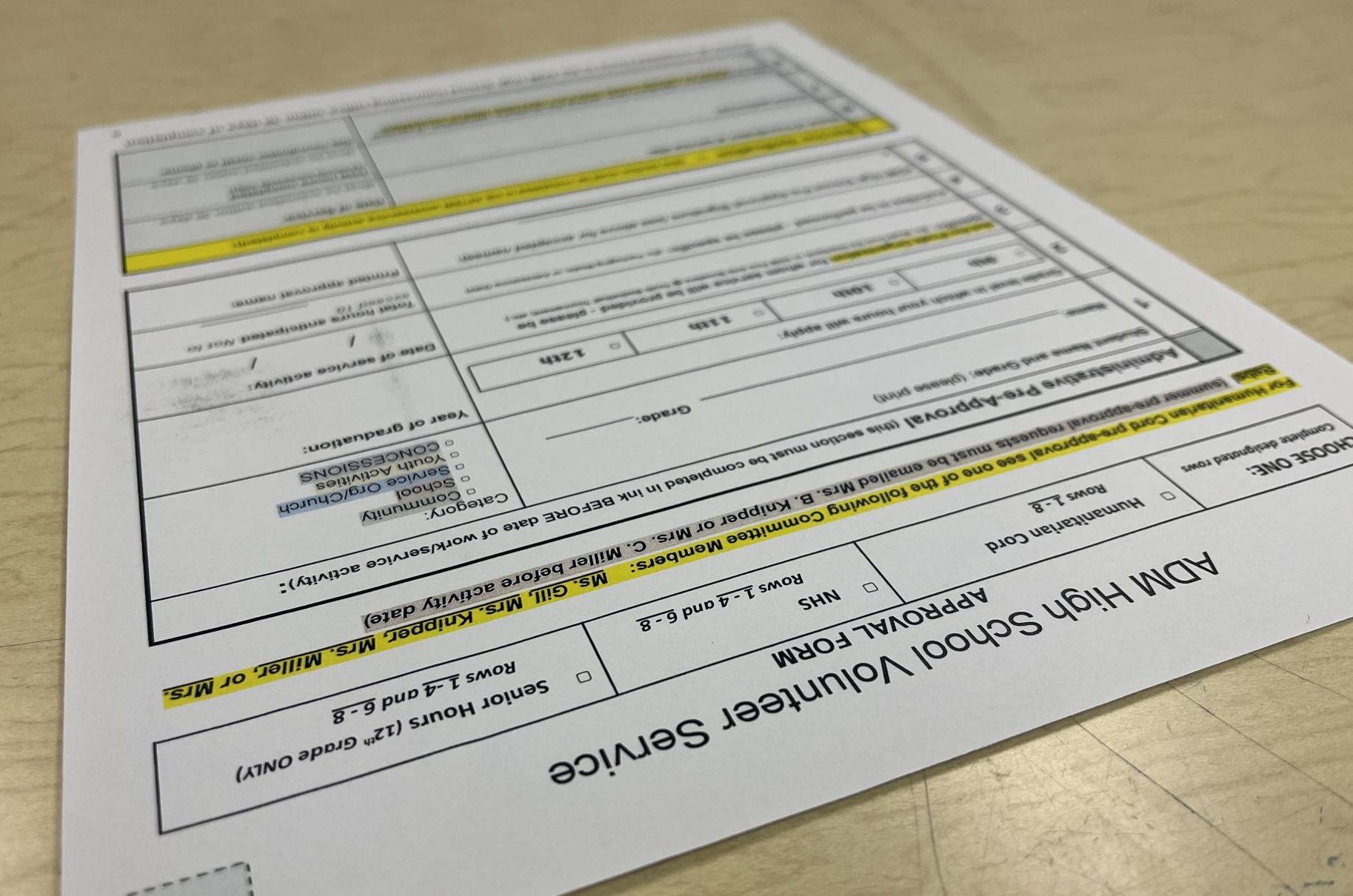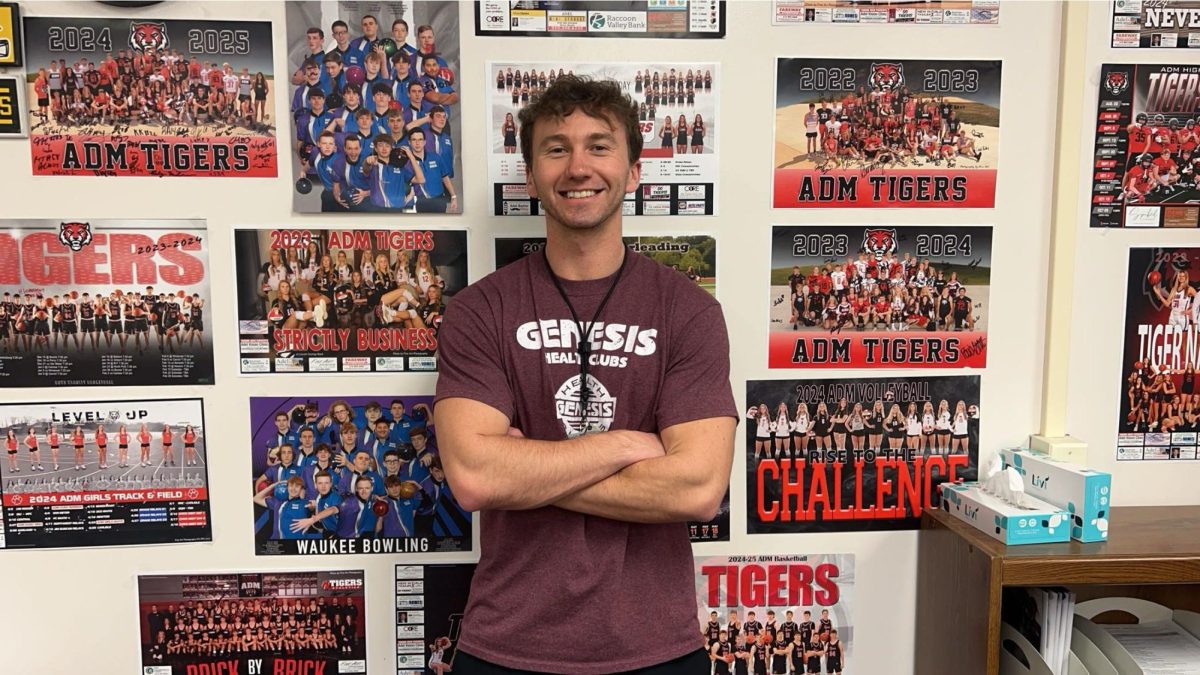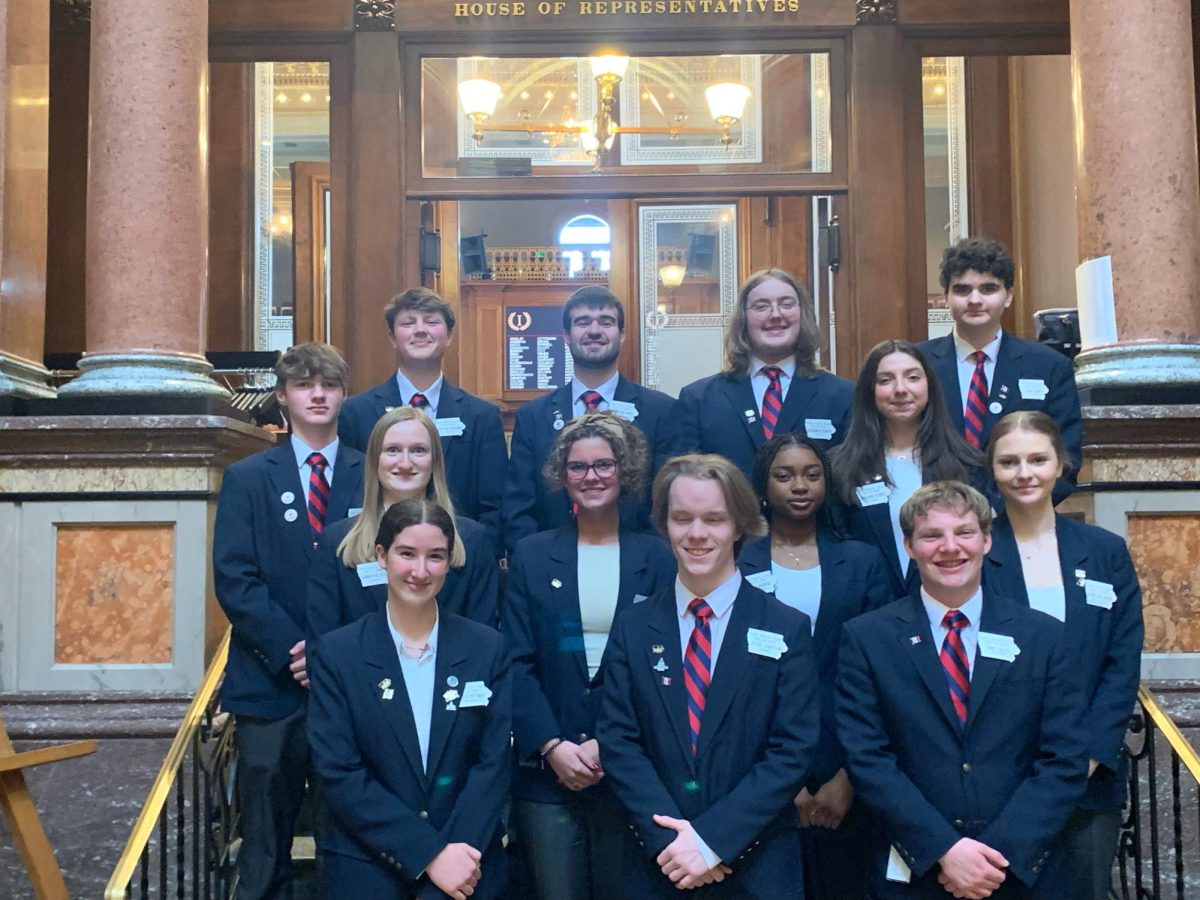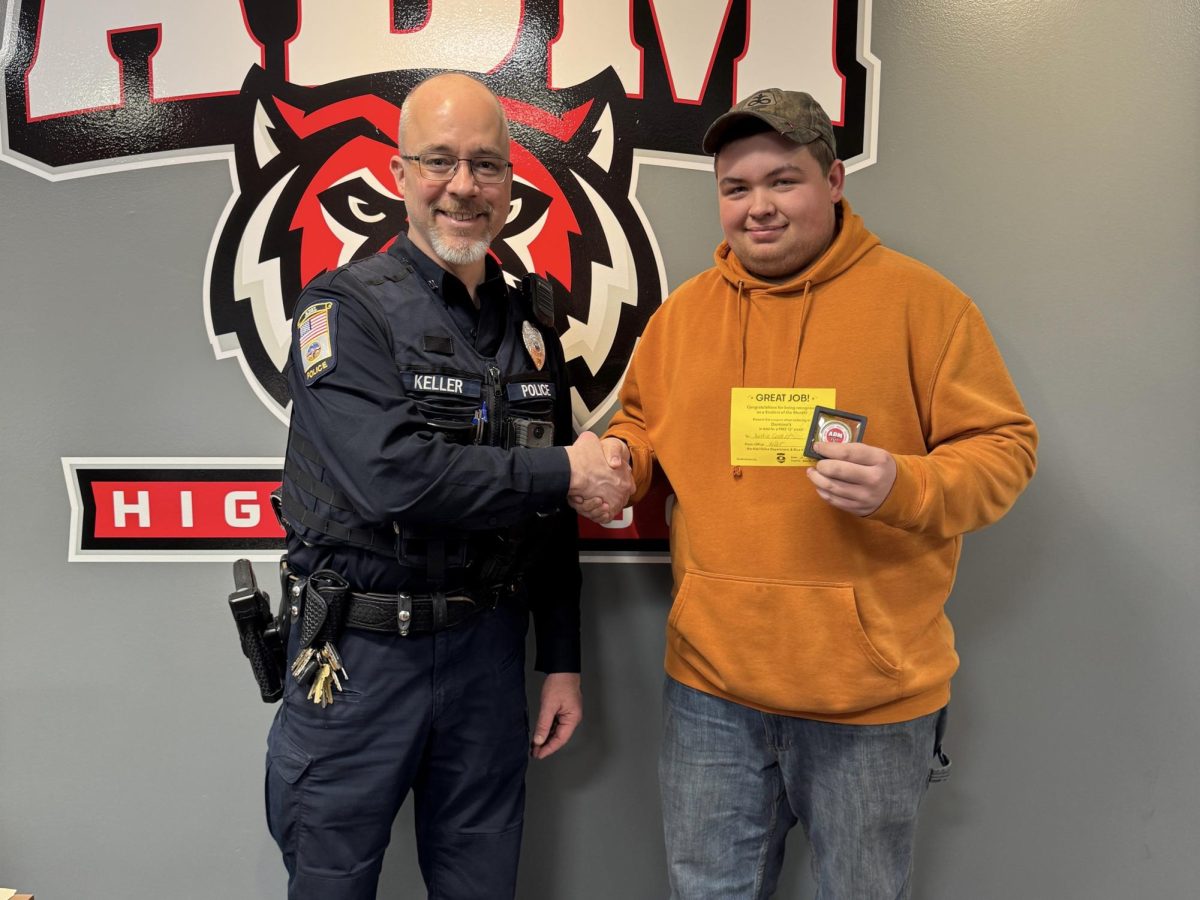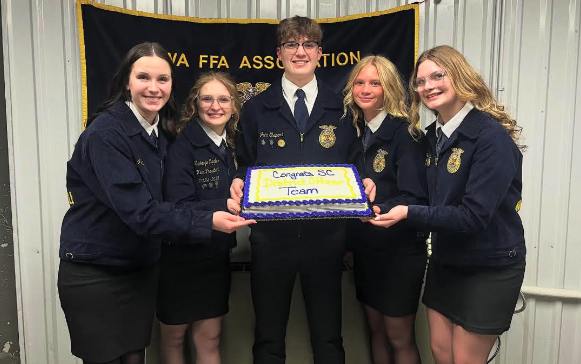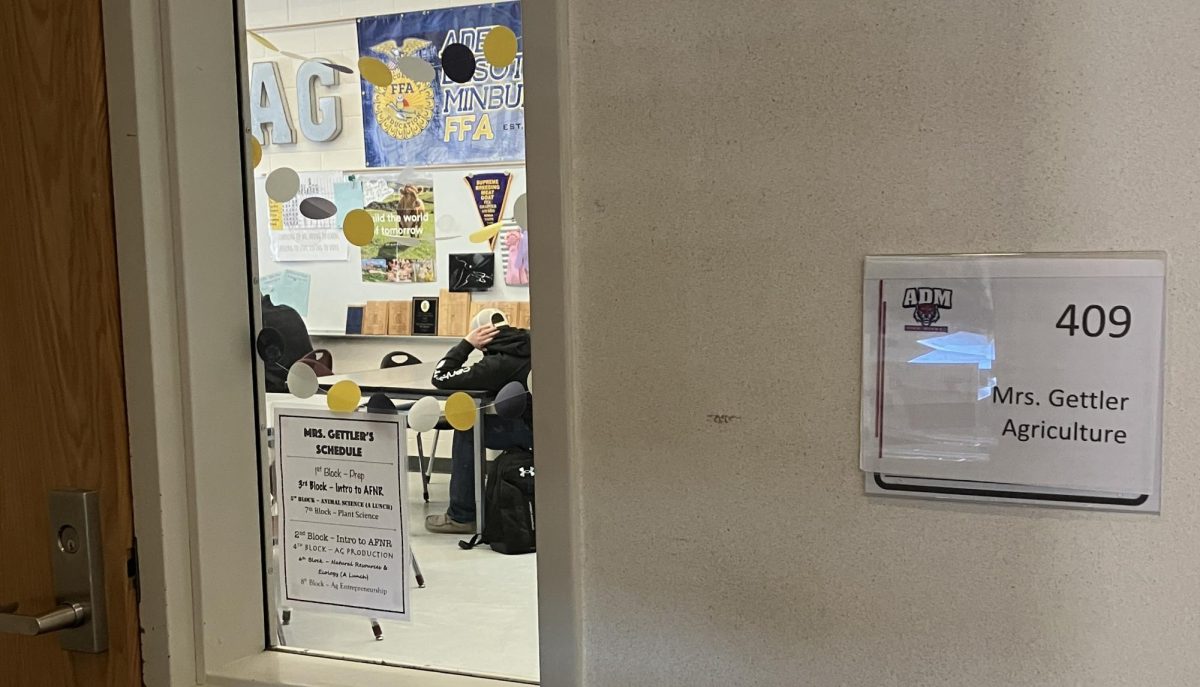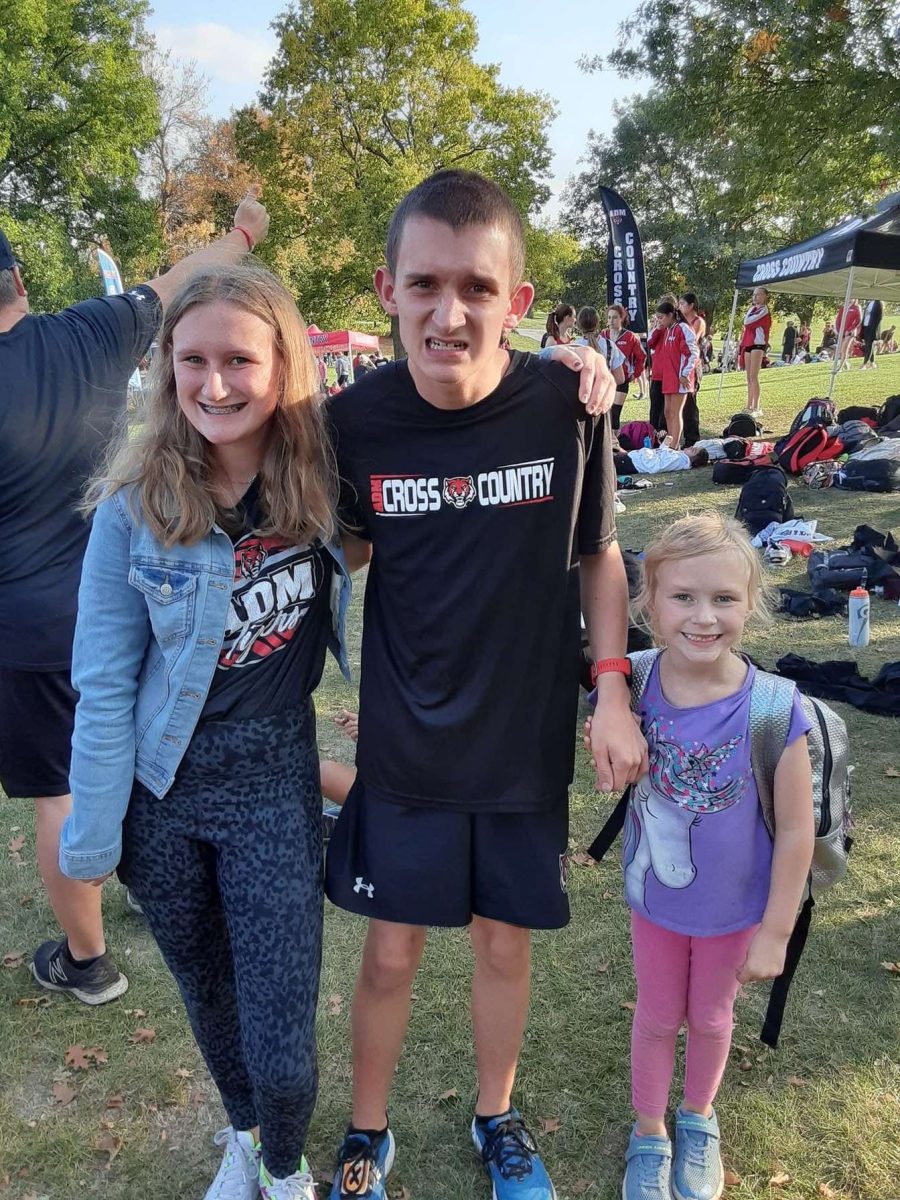For years, ADM has continuously awarded the Humanitarian Cord to students who have completed 160 hours of community service throughout their four years of high school. However, this year there seems to be a change in the number of students able to complete this goal. As the 2023-24 school year comes to an end, many students are rushing to complete their service hours before their time runs out. But why are so many students struggling and when did this cord become almost impossible for some students to achieve?
Many students have decided to dedicate their time to the program, putting in multiple hours throughout the year to support their community. The program is divided into five categories including school, community, youth activities, service org/church and the recently added concessions category. These categories are designed to get students out into all parts of the community and make them well-rounded volunteers.
While talking to senior Hanna Grossman, she shared why she began volunteering and her thoughts on the new categories. Prompted to talk about how she started volunteering, she said, “Miller helped me by telling me about it and understanding the program.” Grossman also dove into her thoughts about limiting and dividing hours between several categories. “The program has good intentions… spreading your time in multiple places is better for the community” However, Grossman also acknowledges how limiting the hours per category can be challenging for students.
While Grossman is current on her hours, some seniors are still struggling to catch up and obtain all their needed hours. Take senior Anika Watt as an example. She has been a part of the program all four years of high school but has found this past year especially challenging.
Starting her freshman year of high school, Watt had high hopes for her involvement in the program. However, as her high school career continued, she found it increasingly difficult as stricter rules were created. When asked why she thought she was behind on hours and why the program had proved difficult, Watt said, “I’d put in so many hours and only get credit for like half of them.” Watt shared her experiences working camps and other functions in the summer, but only getting credit in the program for 10 out of upwards of 30 hours due to the limiting categories.
Watt continues to volunteer and complete her hours through the final months of her senior year but reminisces on when hours were less restrictive. Switching perspectives to a freshman who has never known the program to be any different, William Bebe shared his thoughts.
Bebe started the program due to its benefits on college applications and wanting to get involved with his community. Bebe noted that he didn’t realize how difficult getting his 40 freshman hours would be due to the limiting categories. “Makes it very difficult because you can’t volunteer at one place too many times.” Bebe also talked about how being able to obtain more hours at one organization would be easier. “If you could go to the same places, you could get more engaged in their process by making friends with the other volunteers and feel more connected.”
After getting several student opinions about the program, staff member and Hummaitarian Cord organizer Charity Miller weighed in with some perspective from the program’s point of view. Miller is one of the Heads of the Humanitarian Cord program, organizes the student volunteer opportunity document that is updated regularly and signs off on volunteer hours.
When questioned about student opinions on the stricter categories with the 2023-24 school year, Miller responded with her input about the purpose of the program. Miller stated that the category restriction was a direct response to how they felt the program should be represented. Miller claimed the program’s motto was, “not only to get kids volunteering but also trying new things… challenge yourself to feel uncomfortable.” Lastly, Miller gave a piece of advice to students struggling, “It’s surprising what you’ll find and what you’ll like if you expand your horizon outside the school doors.”
For now, the board does not have any plans to modify the regulations of the cord but still wishes for students to continue to push themselves to volunteer. While the number of students participating in the cord may drop, the students who continue onward claim they find great reward and satisfaction through their hard efforts. When William Bebe was asked to advise younger students he said, “Try it, you don’t have to stick with it. But it helps you realize how good volunteering is.”




